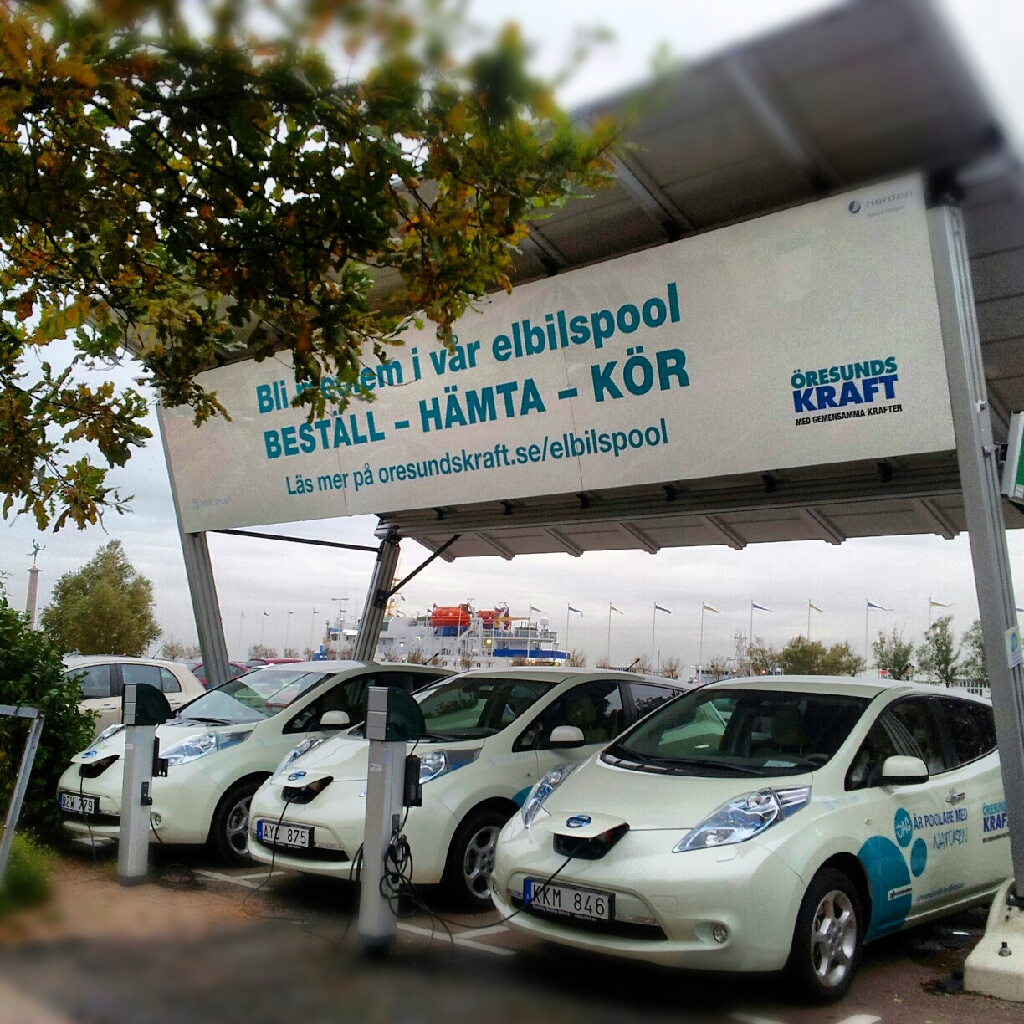
Nordic Sustainable Transport
What does an electric car cost in the long run compared to a car with an internal combustion engine? Which financial and non-financial incentives do Nordic countries provide to owners…
What does an electric car cost in the long run compared to a car with an internal combustion engine? Which financial and non-financial incentives do Nordic countries provide to owners of electric cars? Which options exist for more sustainable urban logistics and how do they impact on the environment? What steps are essential to exchange an institutional car fleet with electric cars?
These and many others were questions discussed by around 30 Nordic transport experts, who met at the Energy & Transport mid-term workshop in Helsingborg, Sweden. Participants represented 13 cooperation projects, which are funded by the Nordic Council of Ministers. Half of these projects deal with electric mobility, while the other half is engaged in freight transportation. Project managers presented their latest findings and innovative developments and discussed potential synergies between their projects.
Discussions were particularly lively in the thematic work groups, when the participants jointly identified the current barriers to more sustainable transport concepts in the Nordic region. Based on these, common action points were defined that can help to overcome these.
The ‘Nordic Electric Avenue’ project also arranged a study visit to the world’s first solar-driven car pool and charging station in Helsingborg funded by the Energy & Transport Programme.
More information on the funded projects, their results and other developments in the field can be found on the programme’s web site at www.energyandtransport.net.
